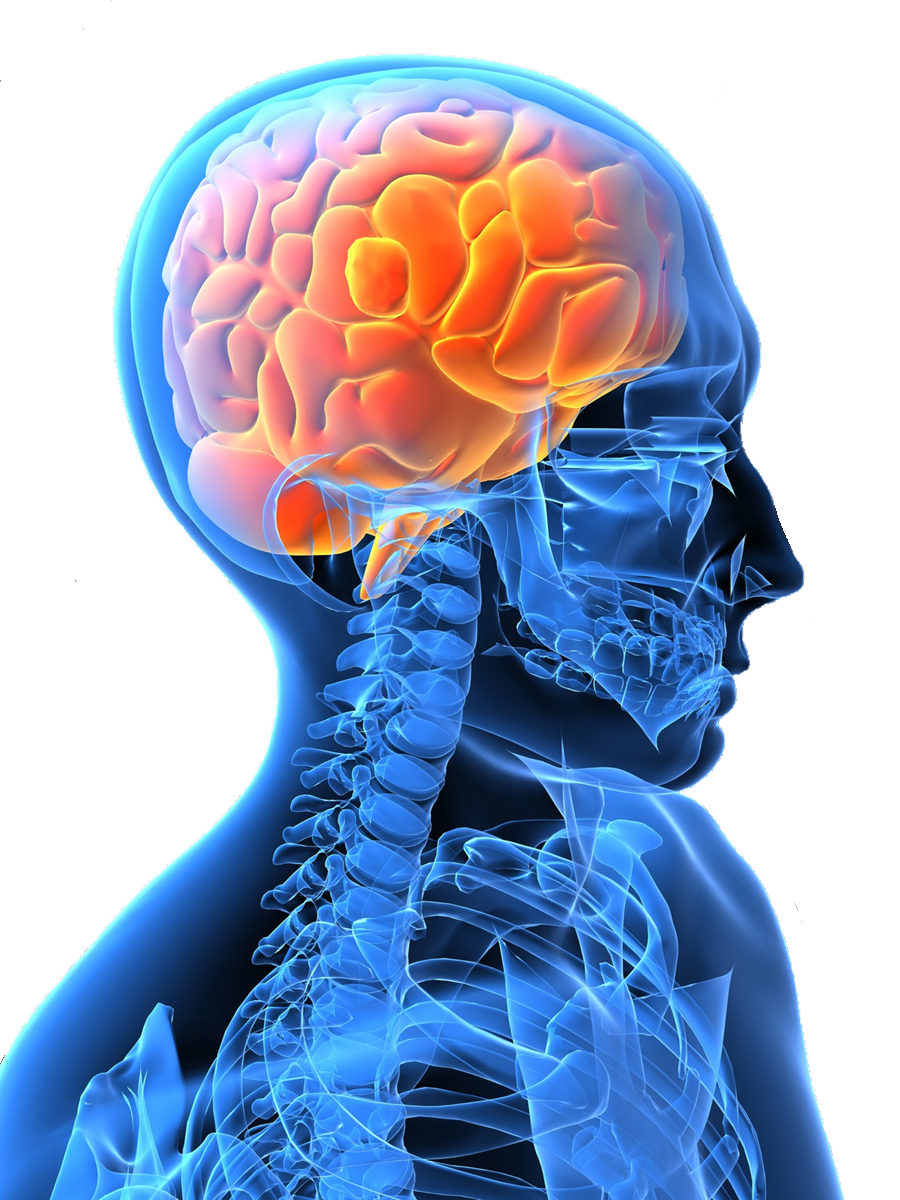Ayurveda has incredible solutions not just for illnesses and disorders but also for helping you lead a healthy and beautiful life! Udhwarthanam or Udwarthanam is one such procedure that helps your skin stay healthy and glowing, with your body getting rid of most of its excessive fat. This procedure is slowly gaining relevance, given the increasing number of calls my Ayurveda hospital in Chennai is receiving inquiring about Udhwarthanam and its benefits, especially in terms of weight loss. So here is a quick overview about this procedure, its advantages, and the logic behind how it works.
Udhwarthanam is quite a powerful technique that combines the inherent potential of the herbs used in the process and the massage techniques used by skilled therapists. It is also unique because this procedure uses powder rather than oil for the massage.
What are the benefits of Udhwarthanam?
Weight loss is quite a popular benefit that many people seeking to undergo this procedure are aware of. But this procedure also has other important benefits, including achieving a healthy balance between the vata, pitta, and kapha rogas. So let’s first start with the obvious advantage and then move on to its other effects.
- Obesity treatment – Ayurveda doctors often recommend Udhwarthanam for treatment of obesity as part of the treatment protocol
- This process also helps in curing skin problems and improves the quality of the skin because of the vigorous exfoliation. It is known to help reduce cellulite, remove blemishes, and even reduce skin wrinkles by increasing moisture retention on the skin
- The procedure is beneficial in case of joint and muscle complaints too since the massage strokes stimulate blood circulation to the muscles and strengthen them
- Improved circulation leads to detoxification, which benefits instances of clogged sweat glands
- This procedure is also said to be beneficial for certain conditions such as rheumatoid arthritis, paralysis and high cholesterol levels
How does Udhwarthanam derive its benefits?
The massage technique involves applying powerful strokes in a direction opposite to the direction of growth of skin hair. This means that the therapist will be applying strokes predominantly upward. These strong strokes will generate heat and will ensure that the medication is absorbed through the skin. However, the primary effect occurs because of the pressure the therapist applies during the procedure. This pressure helps in breaking down all the fat that is commonly stored right under the skin. In addition the heat helps in melting the fat away. This fat is called the subcutaneous fat and is one of the main factors contributing to obesity. The additional effect of this massage is the improved blood circulation, which improves the texture and quality of the skin and efficient detoxification.
The process
The procedure begins with the Ayurveda physician examining your body to determine any specific condition requiring attention. The physician can then plan the right combination of procedures in addition to Udhwarthanam, define the number of sittings, determine the exact Ayurveda medication to be used, and choose the right process to be followed. Without this important step, you will most probably be going in blindly for a procedure that might not be entirely beneficial to you.
The next step involves preparing the herbal medications. Dry herbal powders are also called churnams. There are two ways in which you can prepare the medication. The first involves mixing the selected herbal medicated powder with water, milk, or even some oils to form a paste. The second approach involves drying the selected medicated powder completely using heat, commonly using a mud pot. This dried powder is then used as the base for the massage.
The third critical step involves applying the paste or the powder from neck to toe. This is important since the therapist has to ensure complete coverage. Once the therapist applies the prepared medication, the massage begins. This massaging technique is unique, since its strokes are different and quite powerful, involving many critical postures that apply the right pressure at the right body location to breakdown all the fat.
The procedure takes about 30 to 45 minutes. In case of a paste form of medication, the therapist again applies powder on the body the moment the paste dries of. After the intense massage, you will rest completely for about 30 minutes so your body can entirely benefit from the procedure. The process ends with a steam and finally, a bath.
Although Udhwarthanam sounds like a pretty straightforward procedure that is beneficial to all, you will need to be careful about consulting an expert Ayurveda doctor to be sure that your body is ready to bear the intense pressure and heat that this procedure generates. Some conditions contraindicate the use of this procedure, including pregnancy, conditions such as eczema that can be exacerbated by this process, or if you have undergone other intense Ayurveda procedures like panchakarma recently.
Contact me for any questions you have about udhwarthanam. You can connect with me at http://www.miayurveda.org/ or call me at +91-9444615161.










